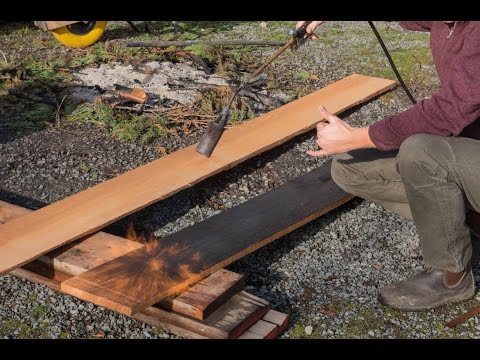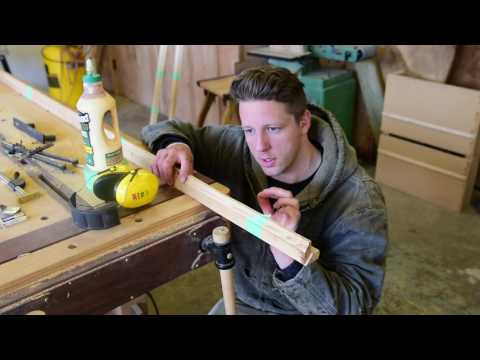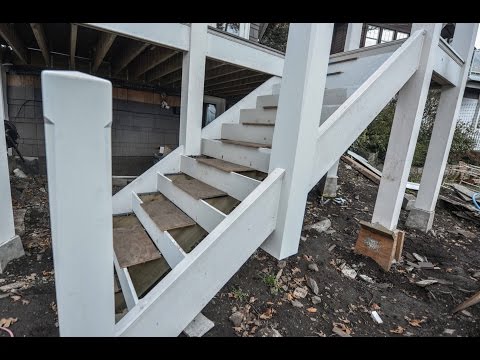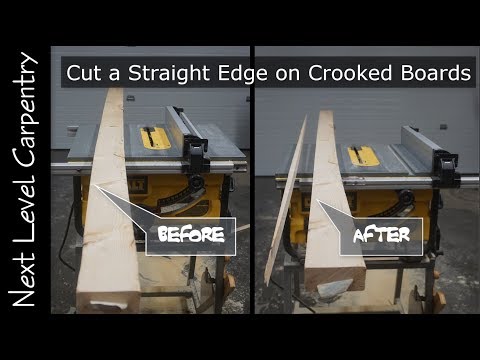"For those of you who don't already know the benefits of using guide bushings on your router and simple templates made out of scrap MDF—here's how it goes."
On woodworking projects that require multiple identical joints, it makes a lot of sense to make a template. Jesse is in the middle of making beds for his sons and it turns out there will be a lot of joints that should be identical.
It takes a couple of minutes to make a jig and saves a lifetime of hours.
- Determine the size of the housed tenon, or whatever the joint will be.
- Determine the width of the bushing, usually 1/16 inch wider than the bit.
- Cut a rectangle into a piece of scrap plywood that is 1/8 inch bigger than the tenon size.
- Lay the template on the workpiece, aligning the cut edges with the lines on the wood.
- Glue a fence on the underside of the template that is square to the workpiece.
Make the template as large as possible (within reason, folks). It needs to be big enough for your router to ride on, while still leaving room for clamps.
To extend the utility of your jig, cut blocks to reduce the hole, to be used for a second joint, such as the through tenons needed for the beds being built in this video.
Bonus tip on cutting through tenons in deep stock:
Because the bit is only two inches long and the stock is three inches thick, the mortise for the through tenon will need to be finished from the other side.
- Mark roughly where the mortise is, and drill a hole with a Forstner bit through into the mortise.
- Use a flush-cutting bit to clean out the second side of the mortise.
Pretty good tip, Samurai. Pretty good tip.
—The Samurai Carpenter is a timber framer and furniture maker in Victoria, BC. See more on his YouTube channel












